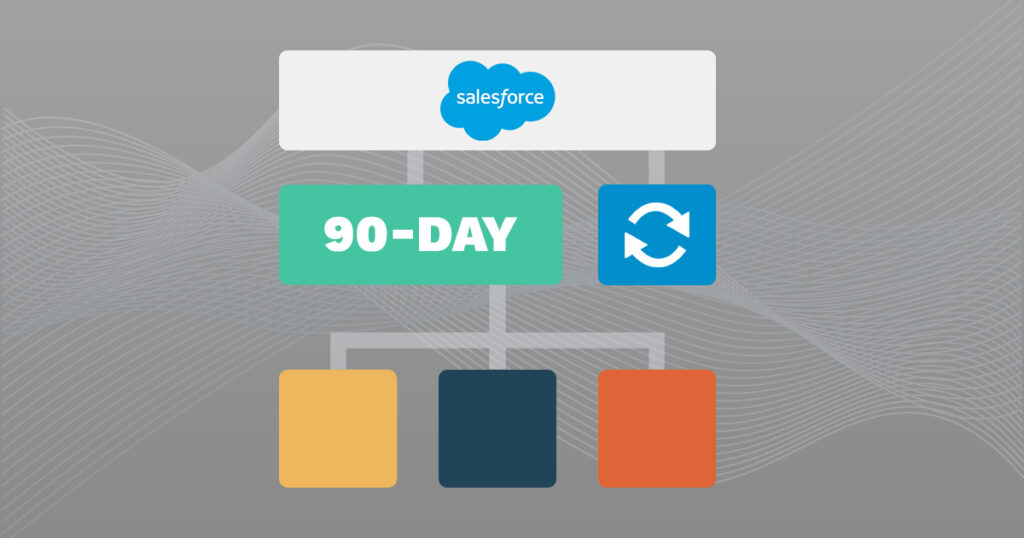Beyond the Platform: Salesforce Data Cloud as Your Enterprise Revenue Architecture
In an economic climate where AI-driven personalization is a competitive necessity, enterprises are constrained by fragmented data that undermines strategic initiatives. Salesforce Data Cloud was introduced not as an incremental tool, but as the foundational data architecture required to unify enterprise data, enable personalization at scale, and deliver trusted, AI-powered business insights.
The platform is engineered to harmonize disparate customer data points—from ERP transactions and service histories to digital engagement signals—into a single, coherent profile. For organizations that successfully deploy this capability, it becomes a strategic asset for improving customer lifetime value, mitigating churn, and increasing revenue predictability.
However, realizing the full return on this investment is contingent on strategic preparation. Without a disciplined approach to governance and implementation, the platform risks becoming an underutilized data asset rather than the central architecture for revenue transformation. This framework outlines the prerequisites for mitigating that risk.
Functionally, Salesforce Data Cloud harmonizes data from the entire enterprise ecosystem—including both Salesforce and third-party systems—and resolves it into unified customer profiles. This trusted, consolidated data then serves as the secure foundation for activating AI models, executing advanced segmentation, and delivering real-time personalization across all business functions.
- For the CMO: Enables the orchestration of personalized, omnichannel campaigns that improve marketing ROI by leveraging a complete, real-time view of customer behavior.
- For the CIO & CDO: Delivers a governed, scalable, and secure data architecture that reduces technical debt, integrates with existing data lakes via Zero Copy protocols, and ensures alignment with enterprise-wide data compliance and modernization strategies.
- For Digital Transformation Executives: Provides the mechanism to directly link strategic business objectives to data execution, transforming the goal of “customer-centricity” into a set of measurable KPIs that demonstrate clear return on investment.
Therefore, Data Cloud should be viewed not as a tactical tool, but as the core infrastructure upon which future revenue models and competitive differentiation will be built.
Our analysis of successful enterprise deployments indicates that value realization is highest in organizations that prioritize strategic planning over rapid implementation. The following three pillars form the foundation of a successful adoption strategy.
1. Establish a Formal Data Governance Framework
An investment in Data Cloud will amplify, not correct, existing data integrity issues. Without a robust governance framework, organizations risk propagating inconsistent data at scale, which compromises the accuracy of AI models, erodes customer trust, and introduces significant compliance risk.
A proactive governance council must be established to define data stewardship roles, quality standards, and access policies. This ensures all data harmonized within the platform is accurate, compliant with regulations (e.g., GDPR, CPRA), and trusted as a single source of truth for decision-making.
2. Conduct a Comprehensive Data Ecosystem Audit
To maximize the platform’s utility, a comprehensive audit of the enterprise data ecosystem is required to identify and map all relevant customer data sources. This strategic inventory must include:
- Enterprise Resource Planning (ERP) systems
- Customer service and support platforms
- Digital analytics and engagement platforms
- Third-party data enrichment sources
This audit ensures the resulting 360-degree customer view is complete, preventing the data blind spots that lead to flawed analytics and suboptimal strategic decisions.
3. Defined Outcome-Based Business Use Cases
A technology investment is only justifiable by its projected business outcomes. To secure executive sponsorship and align with corporate strategy, the implementation of Data Cloud must be anchored to specific, measurable use cases.
These use cases must be tied to material KPIs, such as:
- A 5% reduction in customer churn through proactive service interventions.
- A 10% increase in cross-sell revenue via AI-driven product recommendations.
- Improved sales forecast accuracy by unifying cross-channel engagement data.
By defining these outcomes upfront, the Data Cloud initiative is positioned not as an IT project, but as a strategic component of the enterprise growth agenda.
In today’s market, the ability to deliver AI-powered, real-time personalization is no longer a differentiator but a baseline expectation. While Salesforce Data Cloud provides the technical capability, market leadership will be determined by strategic adoption, not merely by early adoption.
By establishing robust governance, auditing the data ecosystem, and defining clear business outcomes, an organization prepares to leverage Data Cloud as the foundational revenue architecture for its next phase of growth.
Salesforce Data Cloud is more than a line item in the IT budget; it is the foundational data architecture required to maintain competitiveness in the era of AI. However, the ultimate success of this strategic investment hinges on disciplined preparation, not just technological implementation.
At CRM-forge, we partner with enterprise leaders to architect frameworks that turn Salesforce into a trusted system of record. Let’s build the foundation for predictable revenue and data you can rely on.









